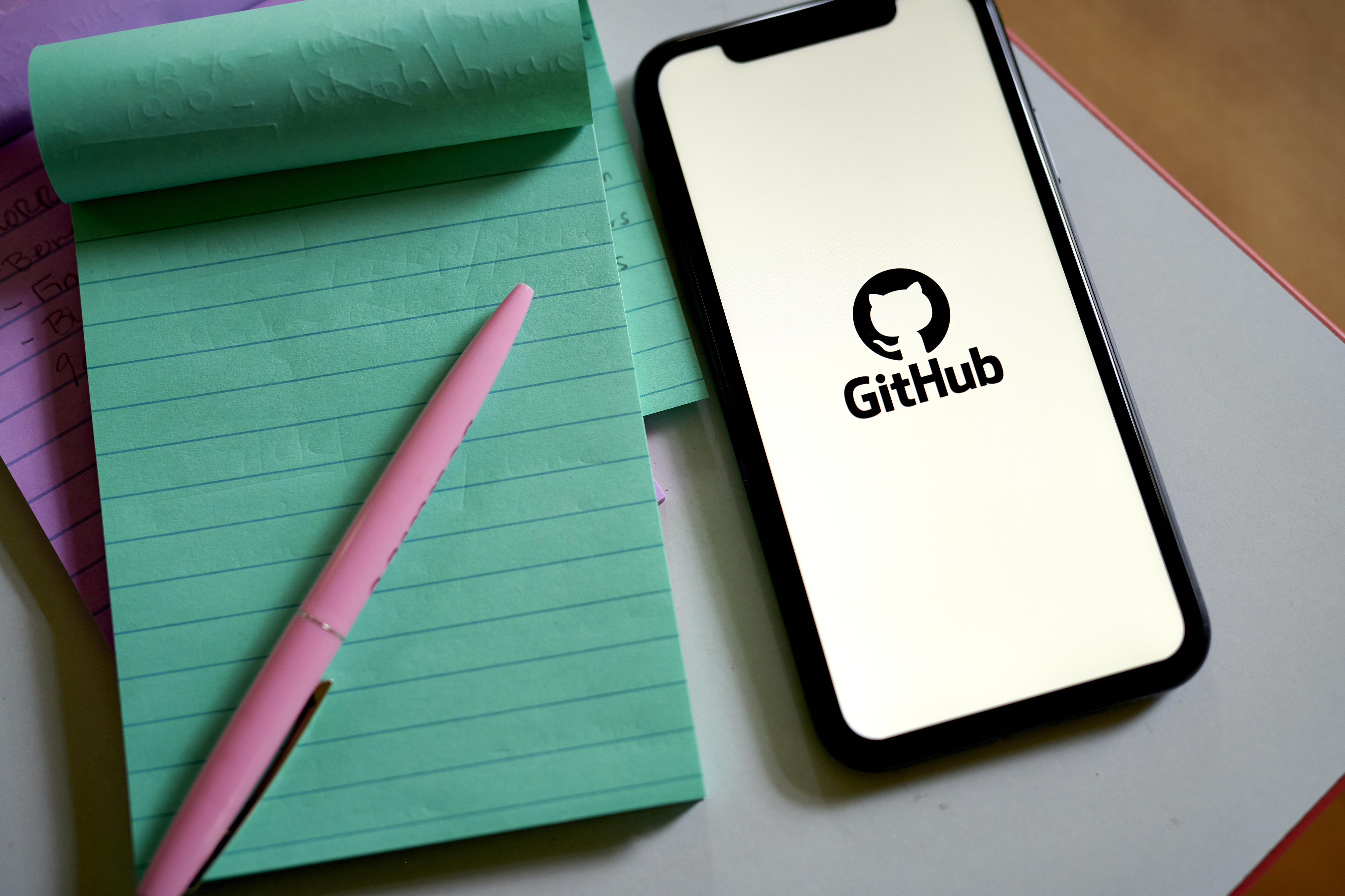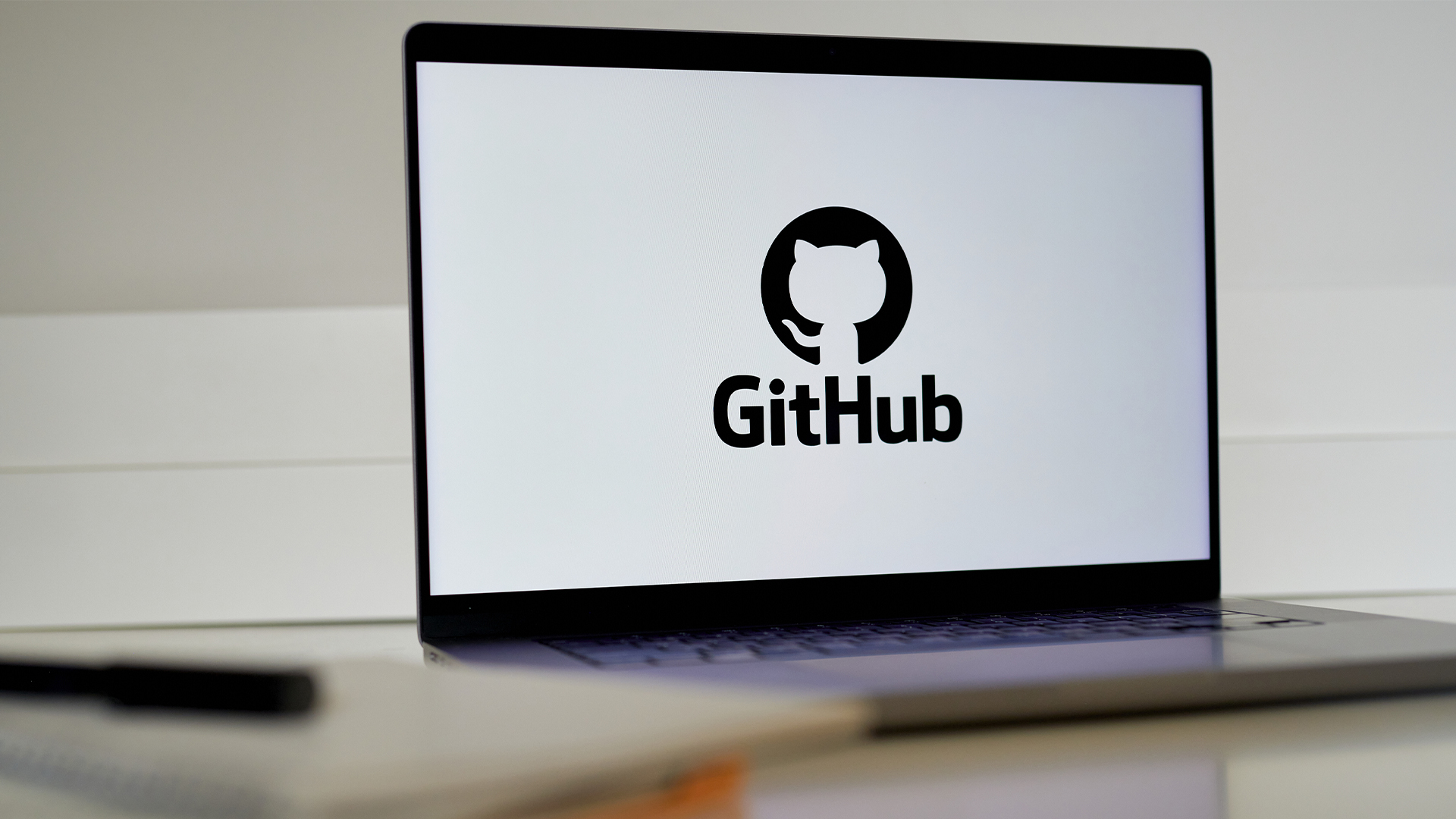GitHub launches passkeys beta for passwordless authentication
Users can now opt-in to using passkeys, replacing their password and 2FA method


GitHub has announced the arrival of its passkeys public beta for passwordless authentication, which the company says will enable seamless and secure access on GitHub.com.
The move will allow users to upgrade their security keys to passkeys to be used in place of both passwords and two-factor authentication (2FA) to bolster overall account security.
In an announcement, the firm explained that most security breaches involve lower-cost attacks such as social engineering, credential theft, or leakage.
According to data from the FIDO Alliance, the team behind the global authentication standard based on public key cryptography, passwords are estimated to be the root cause of over 80% of data breaches globally.
To tackle this, GitHub said its new passkeys bring easier configuration and enhanced recoverability, providing a secure and private way to protect accounts and minimize the risk of lockouts.
“GitHub is committed to helping all developers employ strong account security while staying true to our promise of not compromising their user experience,” said Hirsch Singhal, staff product manager at GitHub. “We began this commitment with our 2FA initiative across GitHub.
“Today, we are furthering this work by ensuring seamless and secure access on GitHub.com with the public beta of passkey authentication.”
Sign up today and you will receive a free copy of our Future Focus 2025 report - the leading guidance on AI, cybersecurity and other IT challenges as per 700+ senior executives
Users can implement passkeys via the ‘Feature Preview’ tab in the settings sidebar, which now displays an option to ‘enable passkeys’. This will enable the option to upgrade eligible security keys to passkeys, as well as register new passkeys.
How GitHub passkeys work
The new passkeys essentially count as two security layers in one, combining a user element such as a thumbprint, face, or knowledge of a PIN, with a physical element such as a security key or device.
Due to expanded browser support, GitHub said a browser’s autofill system can automatically suggest that users use their passkey to sign in straight from the login page – regardless of whether a user has 2FA enabled.
RELATED RESOURCE

The state of email security 2023
Discover how leaders are protecting their organizations from cyber attacks in the face of increases in email usage.
Passkeys can also be used across more than just the device they were created on, thanks to a new experience labeled ‘Cross-Device Authentication’.
This allows the use of a passkey on a phone to sign into a laptop, for example, by verifying the phone’s presence.
“Because your phone or tablet must be physically close to your laptop or desktop, Cross-Device Authentication retains the phishing-resistant promise of FIDO,” Singhal said.
Additionally, many passkeys can be synced across multiple devices to help prevent account lock-out due to key loss. This can be done automatically, depending on passkey provider, GitHub said.
How to upgrade
Existing user security keys that are capable of verifying identity – such as Touch ID, Windows Hello, Android thumbprints, or PIN-locked or biometric hardware keys – are eligible to be upgraded.
Upon next sign in with the security key, GitHub will ask users if they would like to upgrade to a passkey. This will then re-register the security key with the user’s passkey provider to ensure it is discoverable during authentication and synced. Up-to-date devices support passkeys straight out of the box.
“Because passkeys are privacy-preserving, you might have to trigger your passkey a few times during that upgrade flow so we can make sure we’re upgrading the right credential,” Singhal said. “Once you do, you’re all set for a passwordless experience.
“By registering durable, secure credentials across all your devices, we hope to prevent account lockouts due to device loss,” Singhal added.
Dan is a freelance writer and regular contributor to ChannelPro, covering the latest news stories across the IT, technology, and channel landscapes. Topics regularly cover cloud technologies, cyber security, software and operating system guides, and the latest mergers and acquisitions.
A journalism graduate from Leeds Beckett University, he combines a passion for the written word with a keen interest in the latest technology and its influence in an increasingly connected world.
He started writing for ChannelPro back in 2016, focusing on a mixture of news and technology guides, before becoming a regular contributor to ITPro. Elsewhere, he has previously written news and features across a range of other topics, including sport, music, and general news.
-
 How the UK public sector could benefit from strategic channel partnerships
How the UK public sector could benefit from strategic channel partnershipsIndustry Insights Is the channel the answer to the growing cost vs budget problem facing the public sector?
-
 Microsoft wants to replace C and C++ with Rust by 2030
Microsoft wants to replace C and C++ with Rust by 2030News Windows won’t be rewritten in Rust using AI, according to a senior Microsoft engineer, but the company still has bold plans for embracing the popular programming language
-
 Shai-Hulud malware is back with a vengeance and has hit more than 19,000 GitHub repositories so far — here's what developers need to know
Shai-Hulud malware is back with a vengeance and has hit more than 19,000 GitHub repositories so far — here's what developers need to knowNews The malware has compromised more than 700 widely-used npm packages, and is spreading fast
-
 GitHub is awash with leaked AI company secrets – API keys, tokens, and credentials were all found out in the open
GitHub is awash with leaked AI company secrets – API keys, tokens, and credentials were all found out in the openNews Wiz research suggests AI leaders need to clean up their act when it comes to secrets leaking
-
 Thousands of exposed civil servant passwords are up for grabs online
Thousands of exposed civil servant passwords are up for grabs onlineNews While the password security failures are concerning, they pale in comparison to other nations
-
 Gen Z has a cyber hygiene problem
Gen Z has a cyber hygiene problemNews A new survey shows Gen Z is far less concerned about cybersecurity than older generations
-
 Passwords are a problem: why device-bound passkeys can be the future of secure authentication
Passwords are a problem: why device-bound passkeys can be the future of secure authenticationIndustry insights AI-driven cyberthreats demand a passwordless future…
-
 LastPass just launched a tool to help security teams keep tabs on shadow IT risks
LastPass just launched a tool to help security teams keep tabs on shadow IT risksNews Companies need to know what apps their employees are using, so LastPass made a browser extension to help
-
 The NCSC wants you to start using password managers and passkeys – here’s how to choose the best options
The NCSC wants you to start using password managers and passkeys – here’s how to choose the best optionsNews New guidance from the NCSC recommends using passkeys and password managers – but how can you choose the best option? ITPro has you covered.
-
 Organizations urged to act fast after GitHub Action supply chain attack
Organizations urged to act fast after GitHub Action supply chain attackNews More than 20,000 organizations may be at risk following a supply chain attack affecting tj-actions/changed-files GitHub Action.
